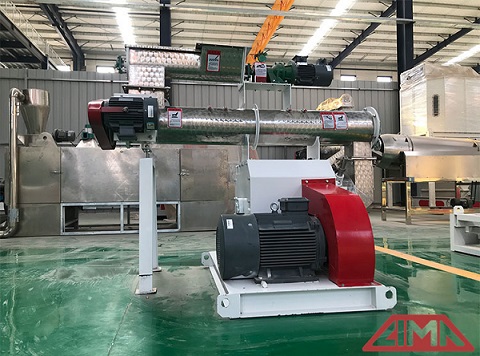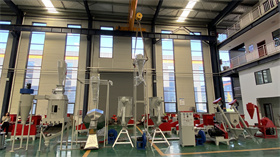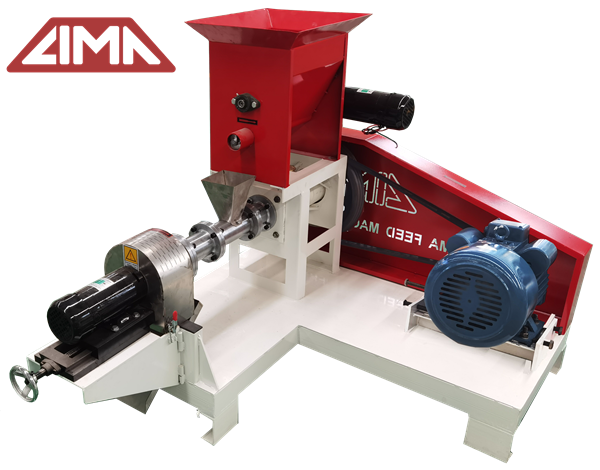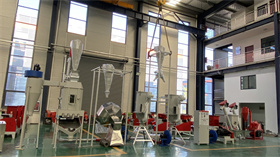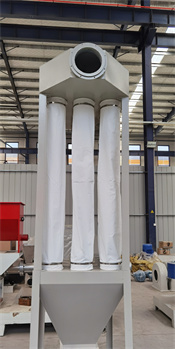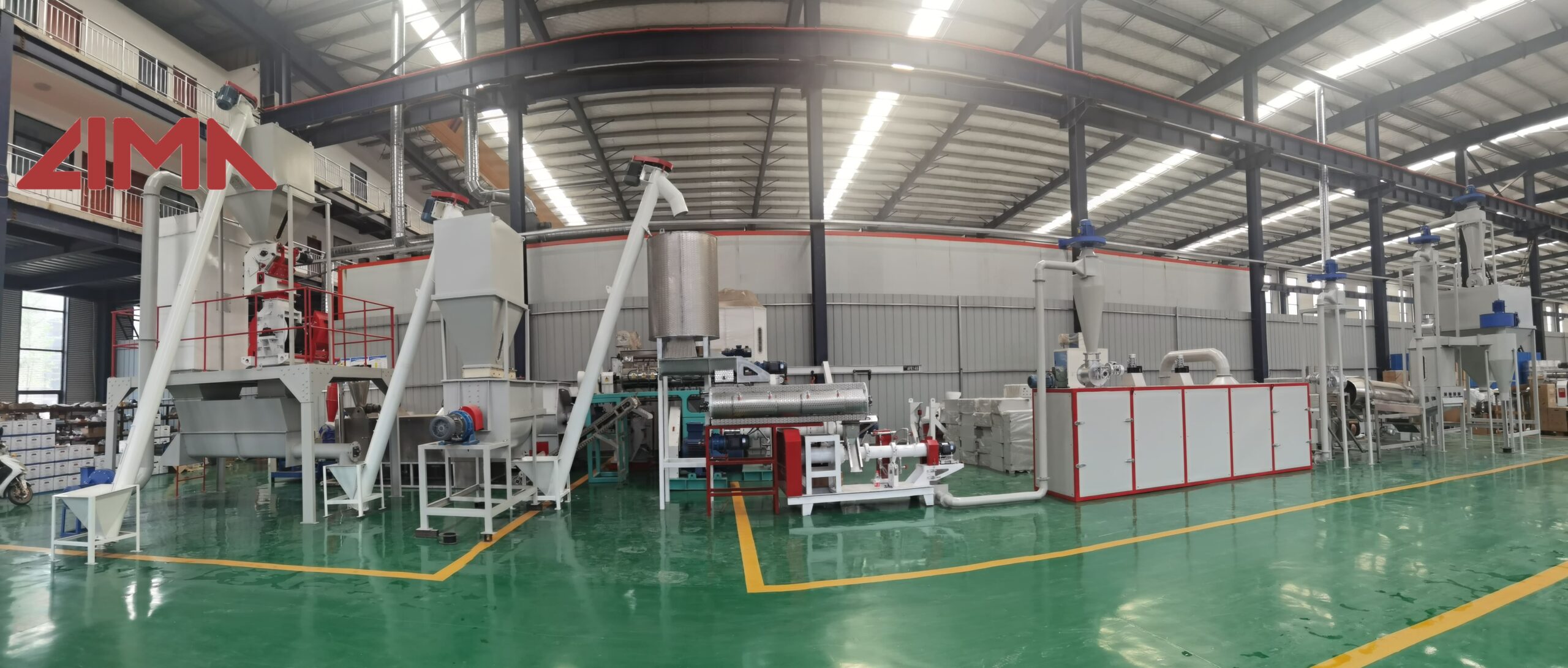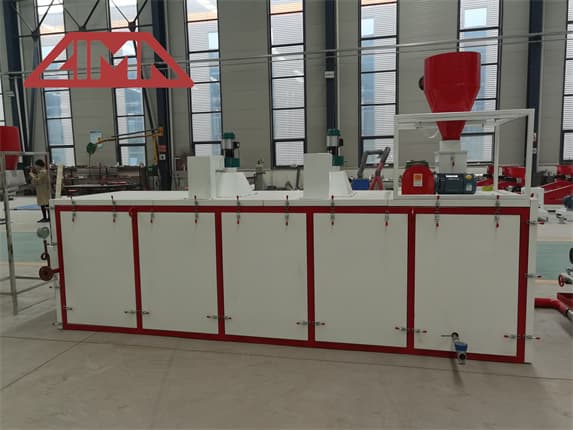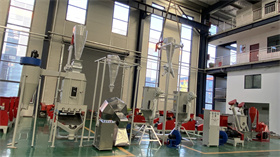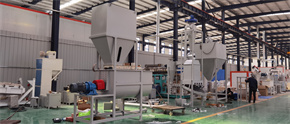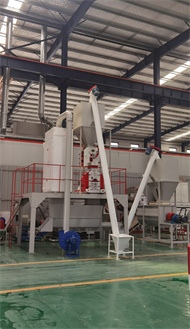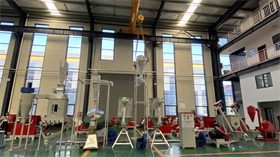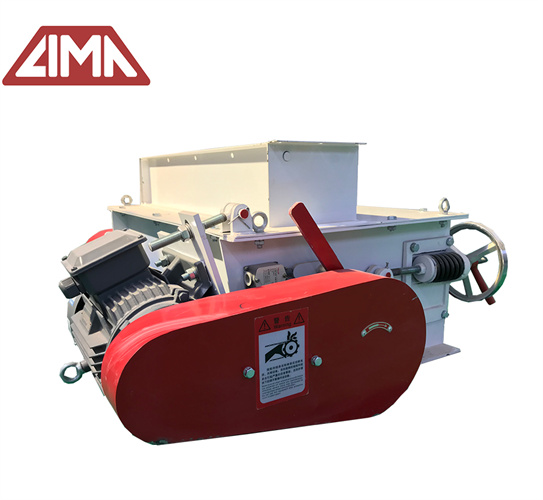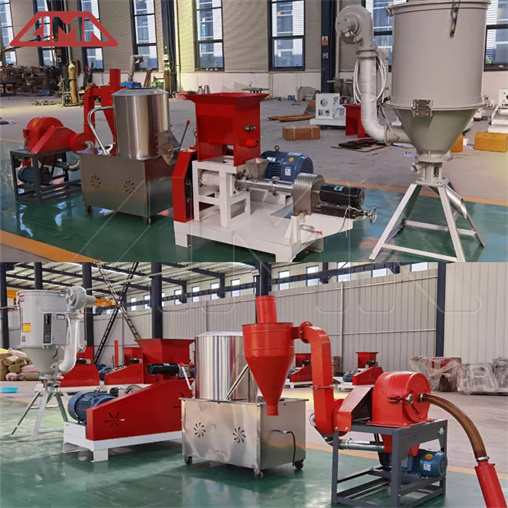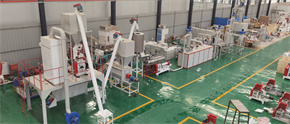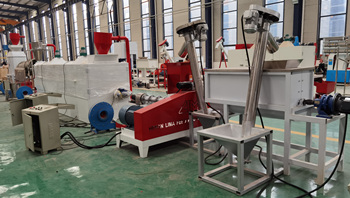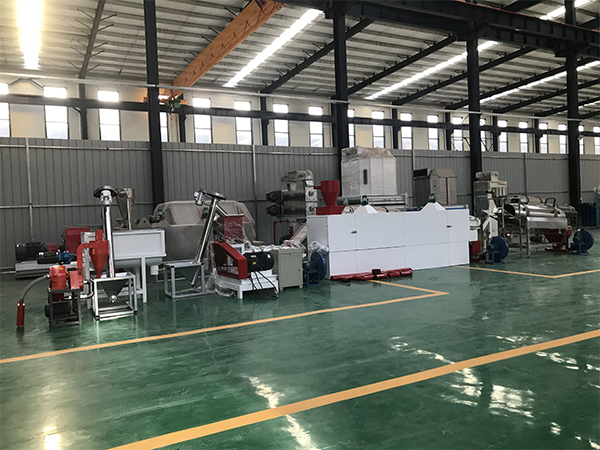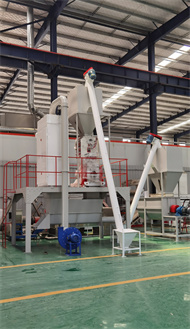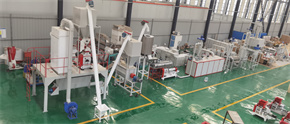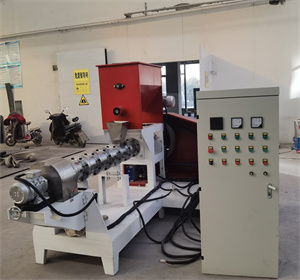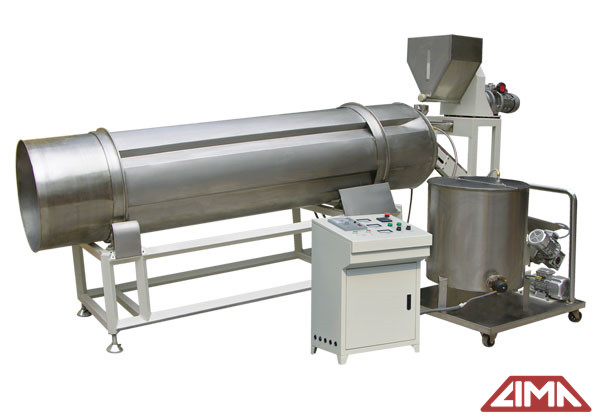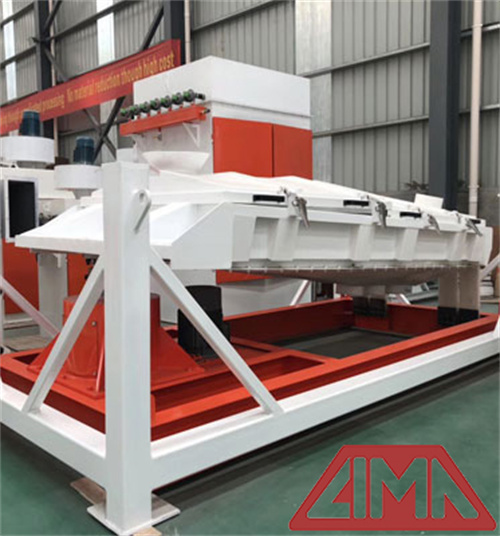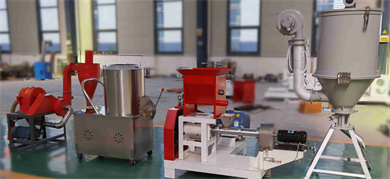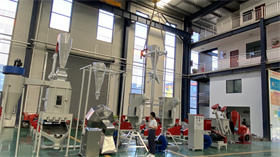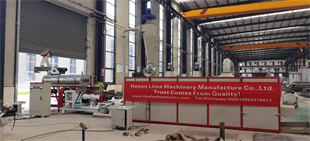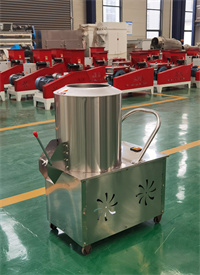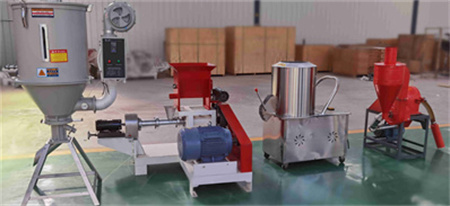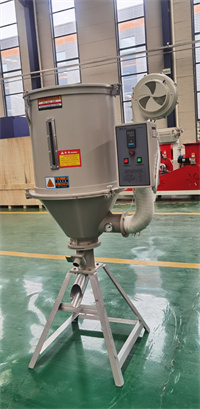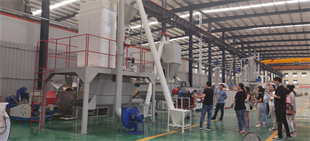Animal feed pellet, animal feed production line
Good animal feed production line can get high quality feed pellet.
Mixing factor. Mixing is the most important part in feed production. If the mixing is not uniform, it will cause local concentration of nutrients will be too high or too low.
The indicator of mixing quality is mixing uniformity. The factors affecting the uniformity of mixing include following factors
1. Mixer types. Different types of mixers with different performances. At present, the better mixers are twin-shaft blade mixers, but they are more expensive.
2. Raw material properties. The powder size, adhesion, fluidity, bulk density, etc. of each component of the mixed material are different, which makes the material mixing uniformity quite different.
3. The order of feeding. For different formulations, the order of addition should be different. As a general rule, the components with large proportions are added to the mixer first, and then small amount or trace components are added, the components with small specific gravity are added to the mixer first, and the components with small powder size are added later.
Pelleting factor. High temperature, high pressure, and high moisture are involved in the pelleting process, which is extremely disadvantageous to some substances with heat sensitivity, easy oxidation and good solubility, especially vitamins and enzyme preparations. For example, vitamin C loses 15% to 20% during the granulation process, vitamin A can withstand does not exceed 70°C. If the temperature of the feed pellet machine is too high and the moisture content is too low, it will promote the Maillard reaction and cause protein The digestibility and the reduction of amino acid potency require proper processing and conditioning to maintain stable steam pressure. Use saturated steam in pellet production and the steam temperature should be controlled to the lowest limit of normal production. Maybe you can come to see the animal feed mixing machine in Lima.
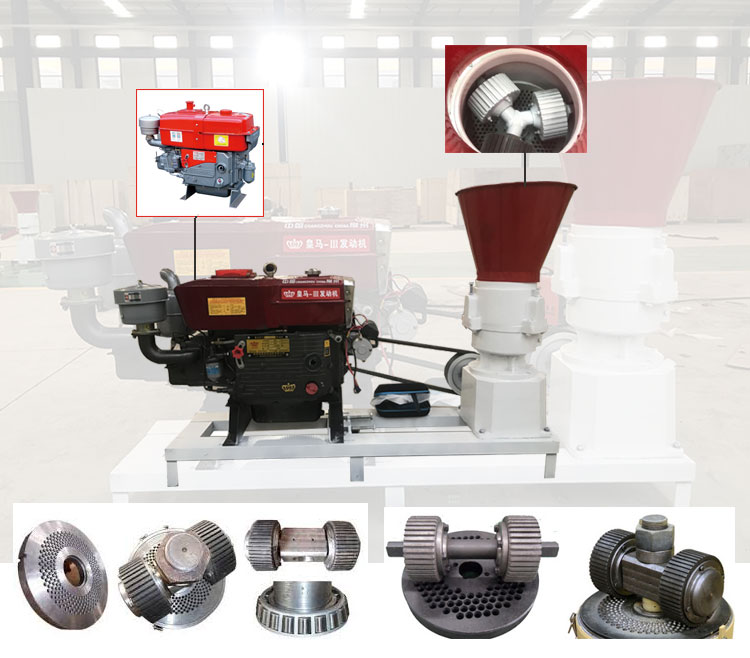
Other factors. The long screw conveyors and scraper conveyors has adopted in the animal feed production line, this will cause cross-contamination between raw materials and different formulations. Therefore, equipment clean-up procedures should be strict during work, and corresponding feeding and batching sequence procedures should be formulated. The principle is good first and then other materials, which can control cross-contamination to a minimum.
Due to the friction between the materials in the production process, static electricity is generated, causing some materials, especially the additive materials, to easily adhere to a certain kind of material or equipment. Therefore, the user should pay attention to the added materials that are prone to static electricity, and multi-stage dilution should be carried out.
Generally speaking, the above major factors should be considered to eliminate or minimize the difference in the production, which can ensure the quality of the finished product and the formula.
Pelleting costs money and better pellets cost a little more. Payback comes in the form of convenience in handling the feed and more efficient use of the feed by the animal. Improved efficiency is due in part to heat processing which reduces pathogens and makes starches more digestible. A significant portion of the improvement is related to the physical form of the pellet. Durable pellets reduce waste, reduce segregation, improve palatability, and allow larger meals to be eaten in less time. All these factors contribute to optimized feed efficiency.
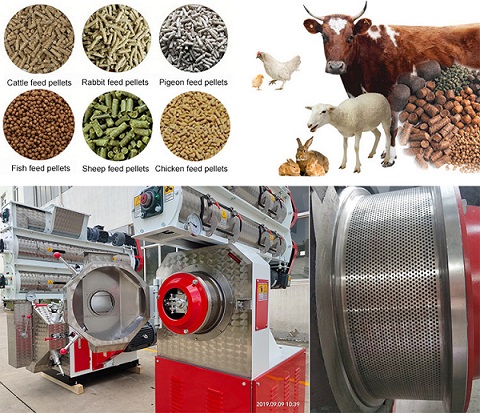
How to get high quality feed pellet? Improving the integrity of pelleted feed requires a strategic plan that considers the nutritional consequences of manufacturing process manipulations and a monetary investment. The overall goal is for increased percentages of pellets in the feed pan while maintaining nutrient availability, throughout the barn. There are various strategies that can improve pellet quality, but feed formulation is at the forefront. Utilizing feed stuffs that contribute to meeting both nutrient requirements and improved pellet quality is important. unless a good quality pellet is produced, little if any benefit will be derived from pelleting.
Welcome to Limapoultrymach.

